Albrecht Dürer
Printer maker and watercolourist (1471 - 1528)
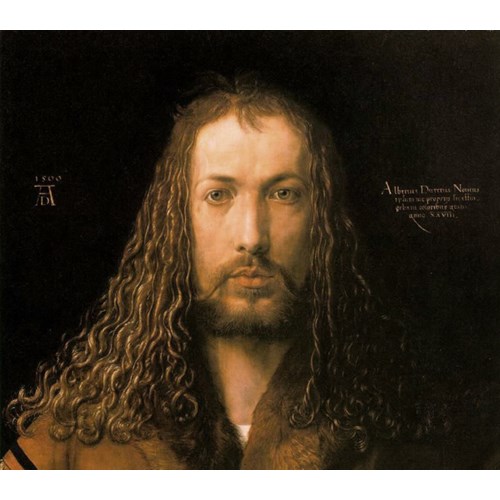
Albrecht Dürer was born in the Imperial free city of Nuremberg (Germany) on the 21st May 1471, to a family of Hungarian goldsmiths. Initially apprenticed to his father, Dürer spent most of his life in Nuremberg, but also made three significant journeys. In 1494 and in 1505-07 he travelled to Italy, and from 1520-21 to Antwerp and the Netherlands.
Although trained in surroundings strongly influenced by the German gothic tradition, Dürer absorbed key concepts of the Italian Renaissance. During his visits to Italy he was particularly influenced by the sophisticated link between scientific theory and art, encountering Mantegna, Bellini and the art of the Venetian School.
His prolific output consisted of hundreds of woodcuts, engravings, paintings and drawings. He also wrote treatises on fortification (1527) and proportion and artistic theory (1528). He was the principal channel through which Italian Renaissance ideas were introduced to the North, and his greatest legacy is his supreme mastery of woodcut printing and copper engraving, numerous examples of which survive today in public and private collections.
Dürer’s main serial woodcuts were the The Apocalypse (1498), The Great Passion (1498-1510), and The Life of the Virgin (1501-10). Single plates included The Sea Monster (1497), Knight, Death and the Devil (1513), Melancholia (1514), and The Rhinoceros (1515). Durer was also designer, printer and publisher of the Apocalypse, the first book to be entirely produced by an artist. He exerted a powerful influence on 20th century German Expressionists, particularly the Die Brücke group.
Works by this artist
-
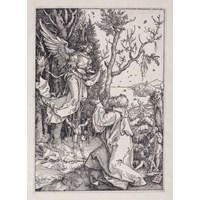 The Life of the Virgin II; The Angel Appears to Joachim
The Life of the Virgin II; The Angel Appears to Joachim
-
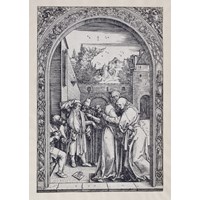 The Life of the Virgin III; The Meeting of Joachim and Anna at the Golden Gate
The Life of the Virgin III; The Meeting of Joachim and Anna at the Golden Gate
-
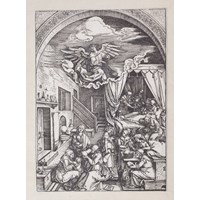 The Life of the Virgin IV; The Birth of the Virgin
The Life of the Virgin IV; The Birth of the Virgin
-
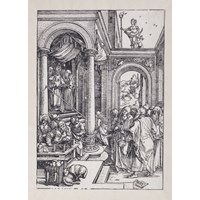 The Life of the Virgin V; The Presentation of the Virgin in the Temple
The Life of the Virgin V; The Presentation of the Virgin in the Temple
-
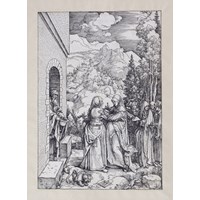 The Life of the Virgin VIII; The Visitation
The Life of the Virgin VIII; The Visitation
-
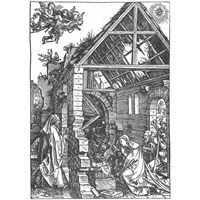 The Life of the Virgin IX; The Nativity or The Adoration of the Shepherds
The Life of the Virgin IX; The Nativity or The Adoration of the Shepherds
-
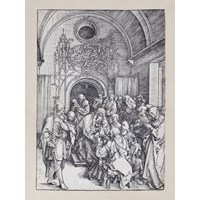 The Life of the Virgin X; The Circumcision of Christ
The Life of the Virgin X; The Circumcision of Christ
-
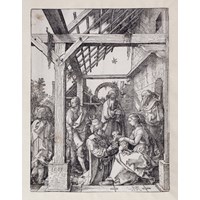 The Life of the Virgin XI; The Adoration of the Magi
The Life of the Virgin XI; The Adoration of the Magi
-
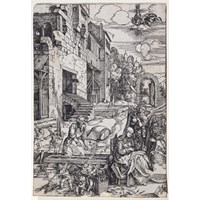 The Life of the Virgin XIV; The Rest during the Flight to Egypt
The Life of the Virgin XIV; The Rest during the Flight to Egypt
-
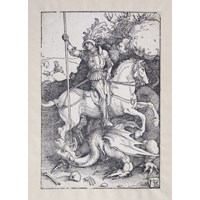 St. George
St. George
-
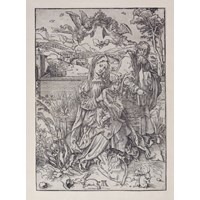 The Holy Family with Three Hares
The Holy Family with Three Hares
-
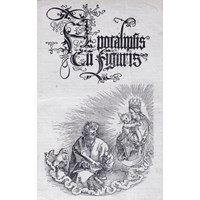 The Virgin Appears to St. John
The Virgin Appears to St. John
-
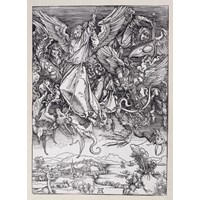 The Triumph of the Angels
The Triumph of the Angels
-
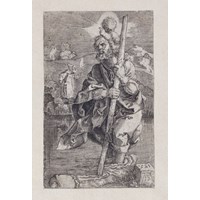 St. Christopher
St. Christopher
-
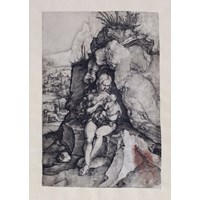 St. Geneviere or The Penance of St. John Chrysostom
St. Geneviere or The Penance of St. John Chrysostom
-
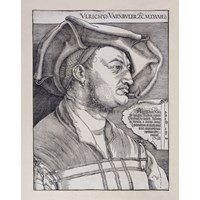 Portrait of Ulrich Varnbüler
Portrait of Ulrich Varnbüler